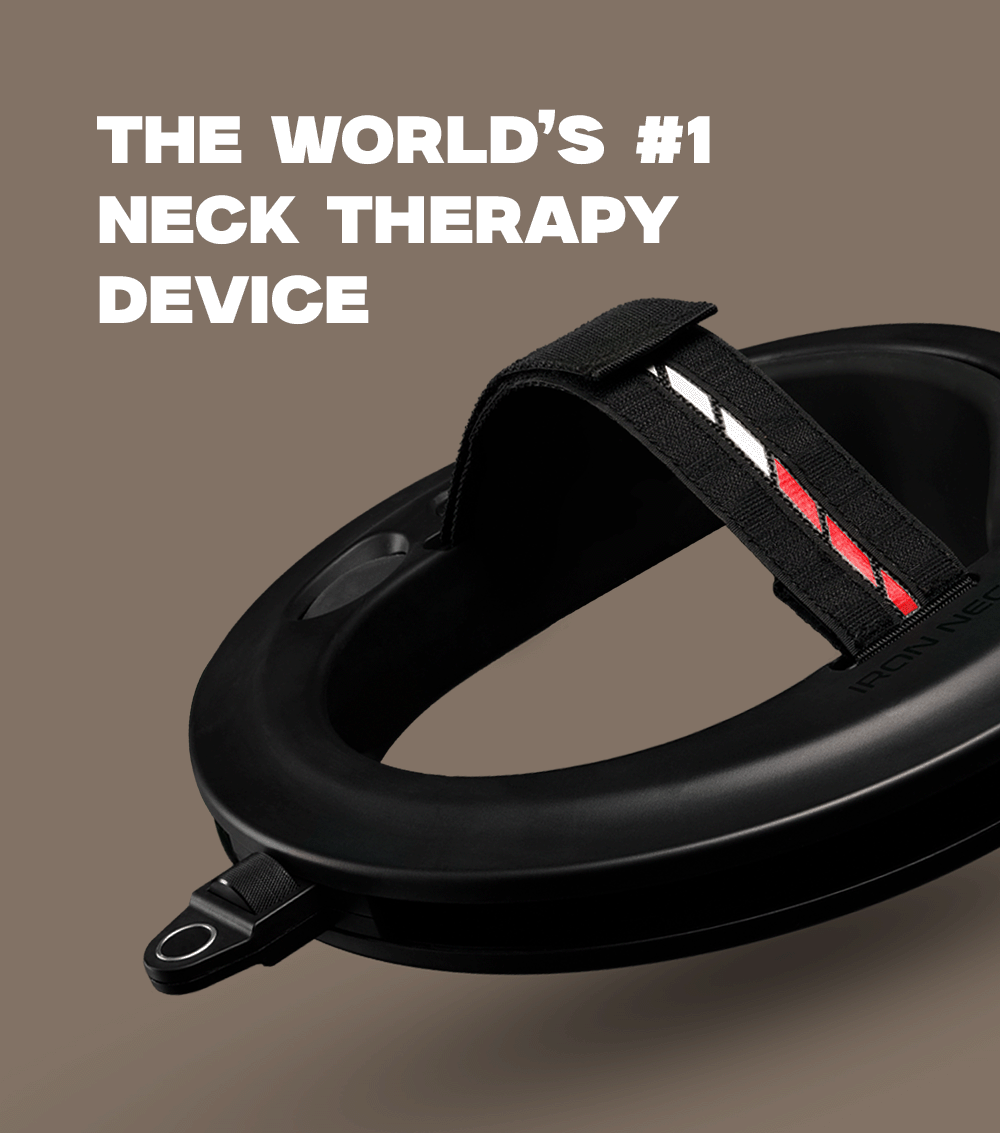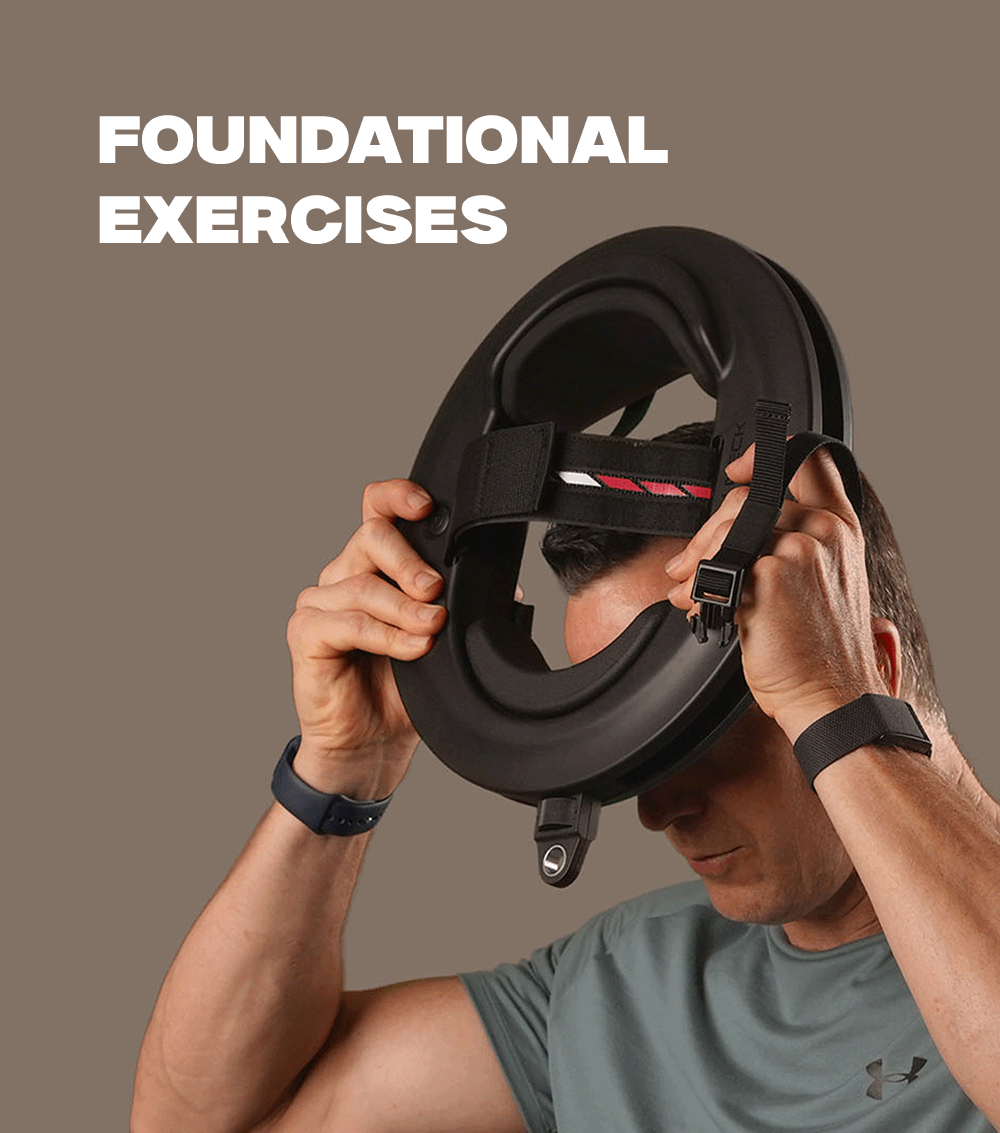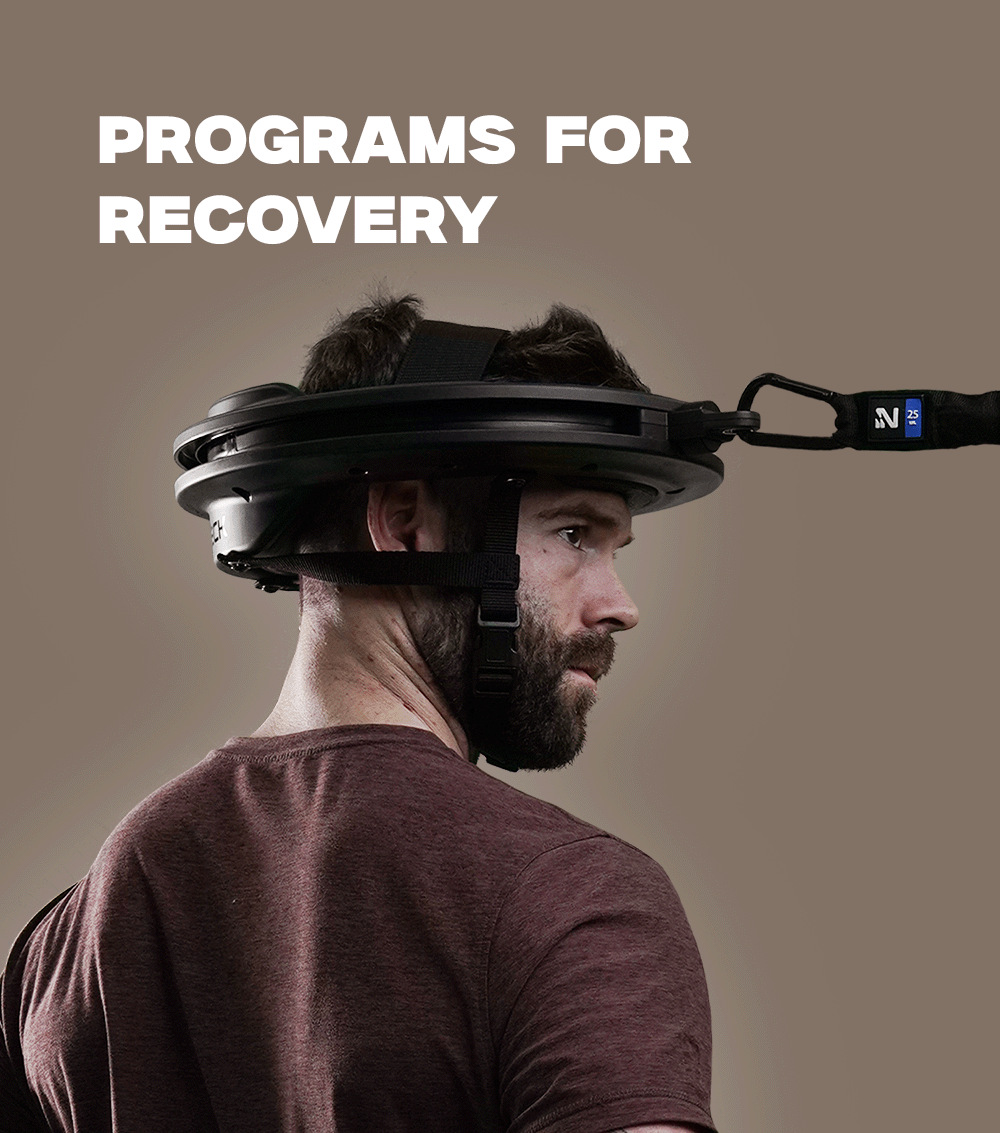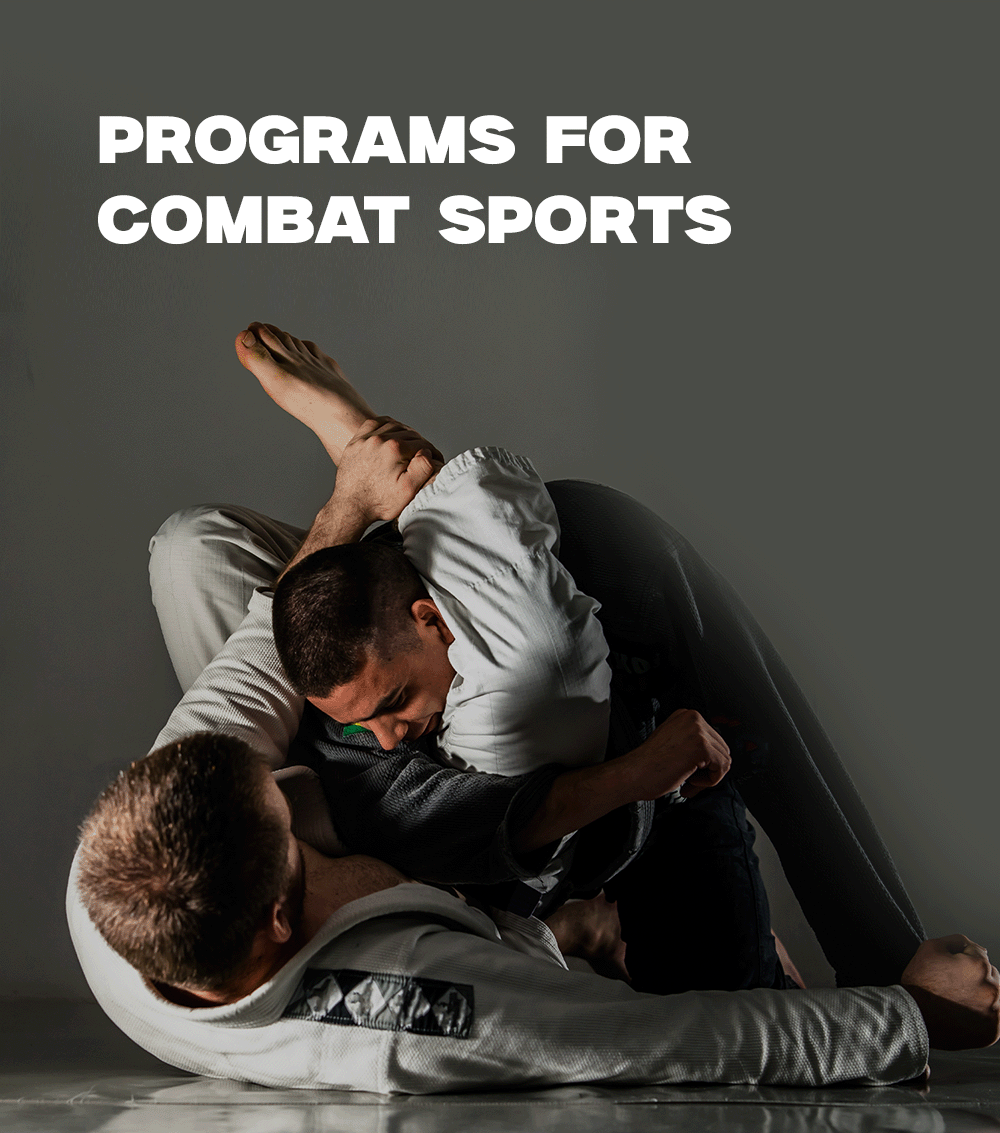Driving might seem like a passive activity, but if you're regularly behind the wheel and dealing with neck pain, you know how draining it can be. Whether you're commuting to work or on a long road trip, the combination of poor posture, muscle tension, and lack of movement can make your neck feel tight, sore, or even painful for hours afterward.
The good news? You don’t have to accept this as normal. Understanding why it happens and what to do about it can help you stay comfortable, focused, and pain-free every time you hit the road.
What Causes Neck Pain While Driving?
There are a few key reasons why driving triggers neck pain - and most of them are posture- or position-related:
1. Forward Head Posture
Leaning your head forward (even slightly) places extra stress on your cervical spine. For every inch your head shifts forward, an additional 10 pounds of force is added to your neck muscles.
2. Poor Seat Setup
If your seat is reclined too far, your headrest is misaligned, or your steering wheel is too low or high, your neck ends up compensating - usually in awkward or unsupported positions.
3. Prolonged Static Positioning
When you’re driving, your upper body is locked into one position for extended periods. Without movement, your neck muscles fatigue, especially if they’re already weak or imbalanced.
4. Tension and Stress
White-knuckle traffic and road rage don’t just raise your blood pressure - they cause your neck and shoulders to tense up, increasing muscle fatigue and soreness.
5. Weak Neck and Upper Back Muscles
If your deep neck flexors, traps, and scapular stabilizers are undertrained, your body lacks the muscular endurance to hold proper posture behind the wheel.
How to Prevent Neck Pain While Driving
You don’t need to buy a new car or stop driving altogether. A few small adjustments can lead to big relief.
1. Set Up Your Driving Position Properly
- Headrest: Your head should rest comfortably with support - not tilted forward
- Seat angle: Sit as upright as possible with your hips slightly above your knees
- Steering wheel: Keep it close enough so your arms are slightly bent, reducing strain on your shoulders and neck
- Rearview mirror: Adjust it so that you naturally hold good posture to see it - this acts as a built-in posture cue
2. Take Micro-Breaks
On long drives, stop every hour or two to stretch and reset your posture. Roll your shoulders, stretch your traps, and gently rotate your neck. Even during short drives, take 15-30 seconds when parked to check in with your posture.
3. Train Your Neck Outside the Car
Your best defense against neck pain behind the wheel is a stronger neck overall. Targeted exercises can improve posture, endurance, and resilience. Best exercises to try:
- Chin tucks
- Isometric neck holds
- Band-resisted flexion and rotation
- Iron Neck 360-degree resistance training
Training your neck 2-3x per week builds the muscular foundation you need to support your head during long periods of driving or desk work.
4. Use Support Tools Wisely
Some people find relief from posture-correcting seat cushions or lumbar rolls. These can help support the natural curvature of your spine and reduce strain on your neck. But remember - they’re temporary aids, not long-term solutions.
5. Manage Stress and Breathing
Shallow chest breathing contributes to tension in the neck and upper traps. Try this while driving:
- Inhale through your nose for 4 seconds
- Hold for 2 seconds
- Exhale slowly through your mouth for 6-8 seconds
Do this for a few rounds and you’ll feel more relaxed - and your neck will too.
You Don’t Have to Tolerate Neck Pain in the Car
Driving doesn’t have to equal discomfort. With the right adjustments, exercises, and awareness, you can retrain your body to stay relaxed and supported even during long commutes.
If you want to get serious about correcting your posture and building long-term neck strength, Iron Neck offers tools and programs that go beyond pain relief - helping you move better, feel stronger, and perform at your best.









Leave a comment
This site is protected by hCaptcha and the hCaptcha Privacy Policy and Terms of Service apply.